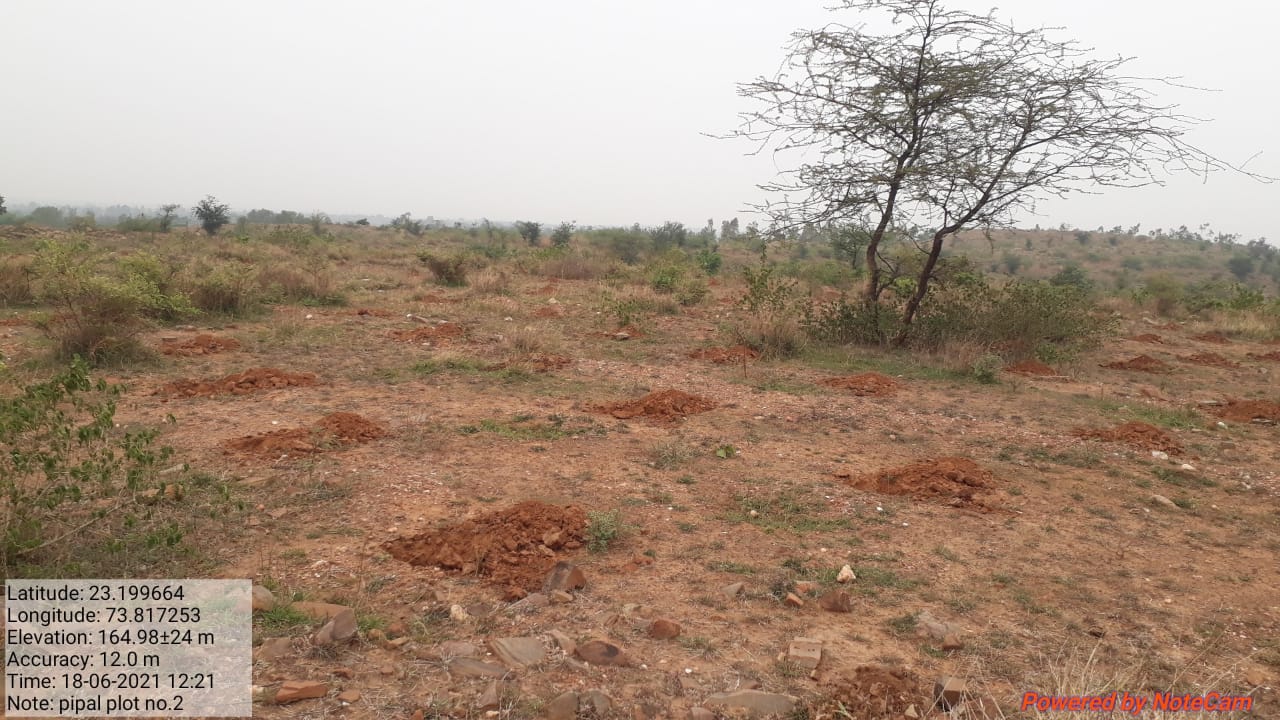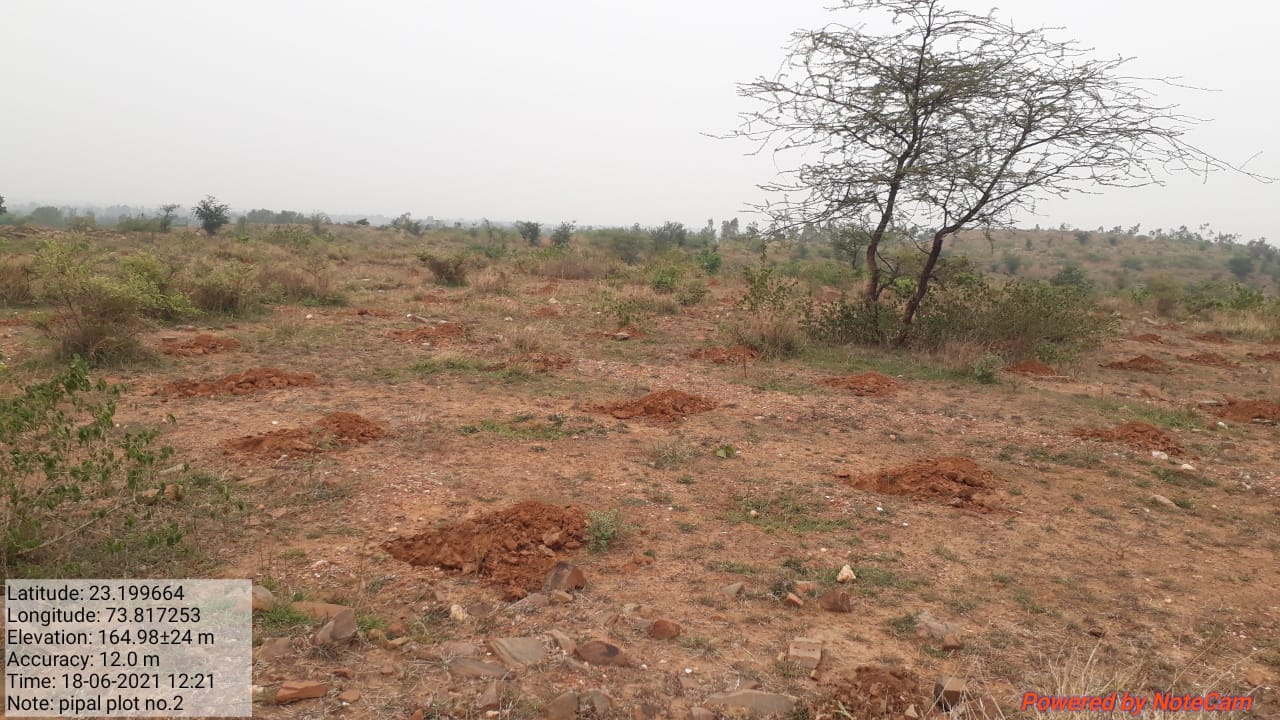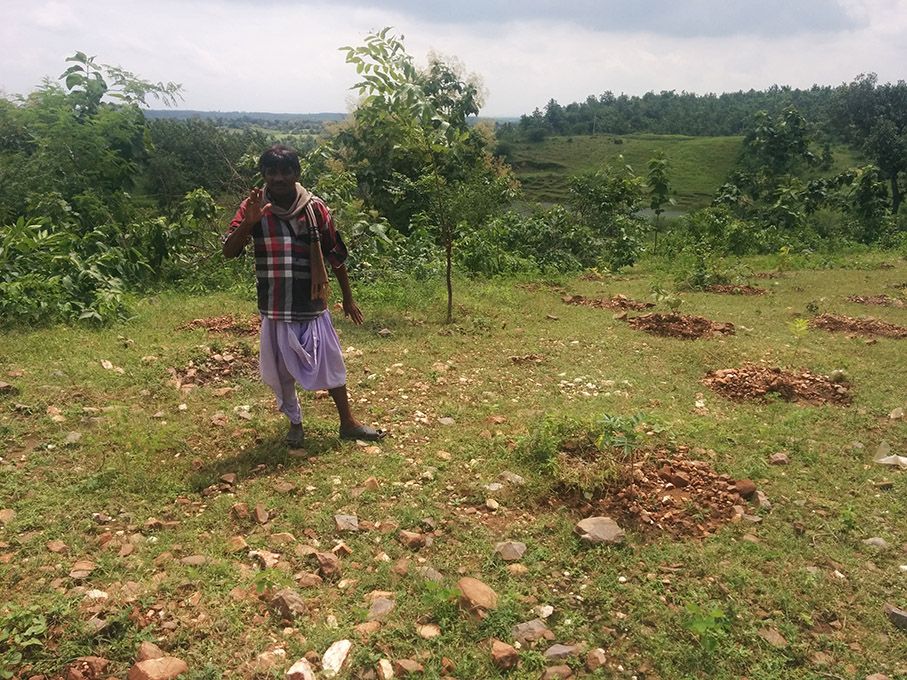










Project Target
0% Remaining
145,998
Trees Planted out of 146,000 Trees

Project Location:
Plantation of trees in the community lands of the villages Shiyal, Varsada and Kaliyari of Mahisagar district, located in Gujarat, India.
Project Aim
The Food and Agricultural Organisation (FAO) states that trees support a wide variety of other plants that provide food for the people as well as the animals. They also provide firewood, fruit, honey, wax, gum, etc. that are highly beneficial for the deprived local communities of the region. The Government of Australia, in its article, ‘Using Trees to Control Groundwater Recharge: How Many are Enough?’ (1999), discussed the importance of trees to control salinity and groundwater recharge. The World Agroforestry Centre explains the role of a tree in the various soil building and nurturing processes like nitrogen fixation, the addition of organic material, protecting it from the wind and water. The World Wildlife Fund stresses the importance of trees in the habitat of wild animals and their conservation. Thus trees form an extremely essential part of the needs of wild ecosystems.
Karanj (Pongamia pinnata), Teak (Tectona grandis), Ber (Zizphus spp.), Ardusa (Ailanthus excelsa) and Garmada (Cassia fistula).
The trees planted in the area will improve the agricultural conditions, by checking soil erosion and improving the water holding capacity of the soil in the arid climate. The plantation of mixed species will balance the nutrients absorbed from the soil, thus preventing the soil from turning infertile. The leaves falling from the trees will improve the humus content of the soil, reducing the need for chemical fertilisers. Along with this, they provide NTFPs to the communities dwelling in the area. The local fauna is also dependent on these native trees, and thus the plantation initiative also helps in preserving those species.
| Name of the Company | Number of Trees Planted | Fiscal Year |
|---|---|---|
| Randstad India Private Ltd | 23,337 | 2021-22 |
| World Wide Fund (WWF) | 7,474 | 2020-21 |
| Trendsutra Platform Services Pvt. Ltd. | 30,000 | 2019-20 |
| Croma | 25,000 | 2018-19 |
| Trent Limited | 16,000 | 2017-18 |
| Croda India Company Pvt. Ltd. | 25,000 | 2015-16 |
| Other Contributors (Individuals and Corporates) | 17,526 | NA |
Social Impact of Growing Trees
Community Engagement
Tree planting initiatives often involve local communities, which can lead to greater community cohesion.
Ecological Education
Provides opportunities for community members, especially children, about the importance of environmental sustainability.
Urban Beautification
Trees contribute to the aesthetic enhancement of urban areas, making cities more pleasant and liveable.
Climate Resilience
By improving green cover, tree planting helps make communities more resilient against climate impacts like heatwaves.
Employment Creation
Planting trees creates employment for local community members like planting and maintenance, administrative roles, and more long-term jobs in management.
Wildlife Habitat
Trees provide critical habitats for various species of wildlife. Enhancing tree cover helps preserve biodiversity, which can be an ecological boon for local communities
Copyrights @ 2025 All rights reserved by Pangea EcoNetAssets Pvt Ltd.